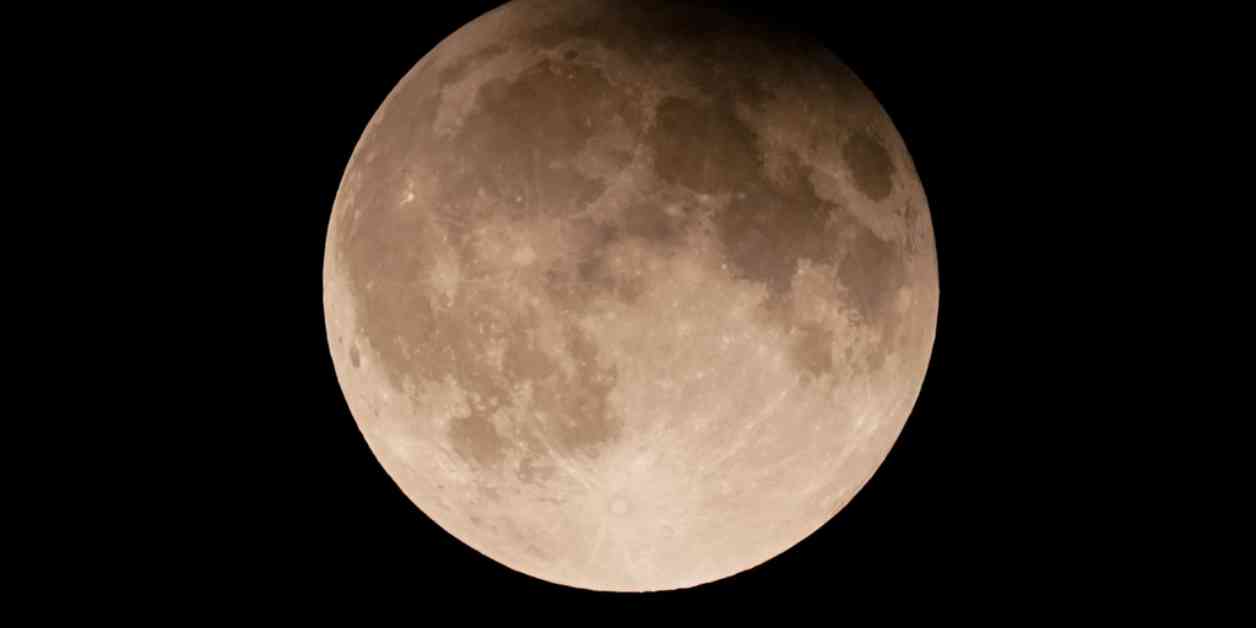Planet Earth is saying goodbye to a small asteroid that has been following it around like a “mini moon” for the past two months. The asteroid, named 2024 PT5, will be leaving on Monday, as the sun’s gravitational pull becomes stronger and pulls it away.
Although the asteroid is not technically a moon, as it was never captured by Earth’s gravity and fully in orbit, it is still an interesting object for scientists to study. The asteroid was first spotted in August and began its interaction with Earth’s gravity in late September, following a horseshoe-shaped path.
Even though the asteroid will not return near Earth until 2055, NASA plans to observe it with a radar antenna in January when it will pass as close as 1.1 million miles from Earth. The 33-foot asteroid is currently more than 2 million miles away and too small and faint to see without a powerful telescope.
The astrophysicist brothers, Raul and Carlos de la Fuente Marcos of Complutense University of Madrid, have been collaborating with telescopes in the Canary Islands to observe the asteroid and have made hundreds of observations so far. They believe that the asteroid may be a boulder that was blasted off the moon by an impacting asteroid.
In January, NASA will use the Goldstone solar system radar antenna in California’s Mojave Desert to track the asteroid for more than a week. This will help deepen scientists’ understanding of the object and its behavior.
During its 2055 visit, the asteroid will once again make a temporary and partial lap around Earth, according to current data. It will be moving at a much faster speed than before, more than double its speed from September, which means it will not stick around for long.
Overall, the departure of the mini moon asteroid 2024 PT5 is an exciting event for scientists and astronomers, providing valuable insights into the behavior of these small celestial objects. The upcoming observations in January will shed more light on this asteroid and help us learn more about its origin and composition.




